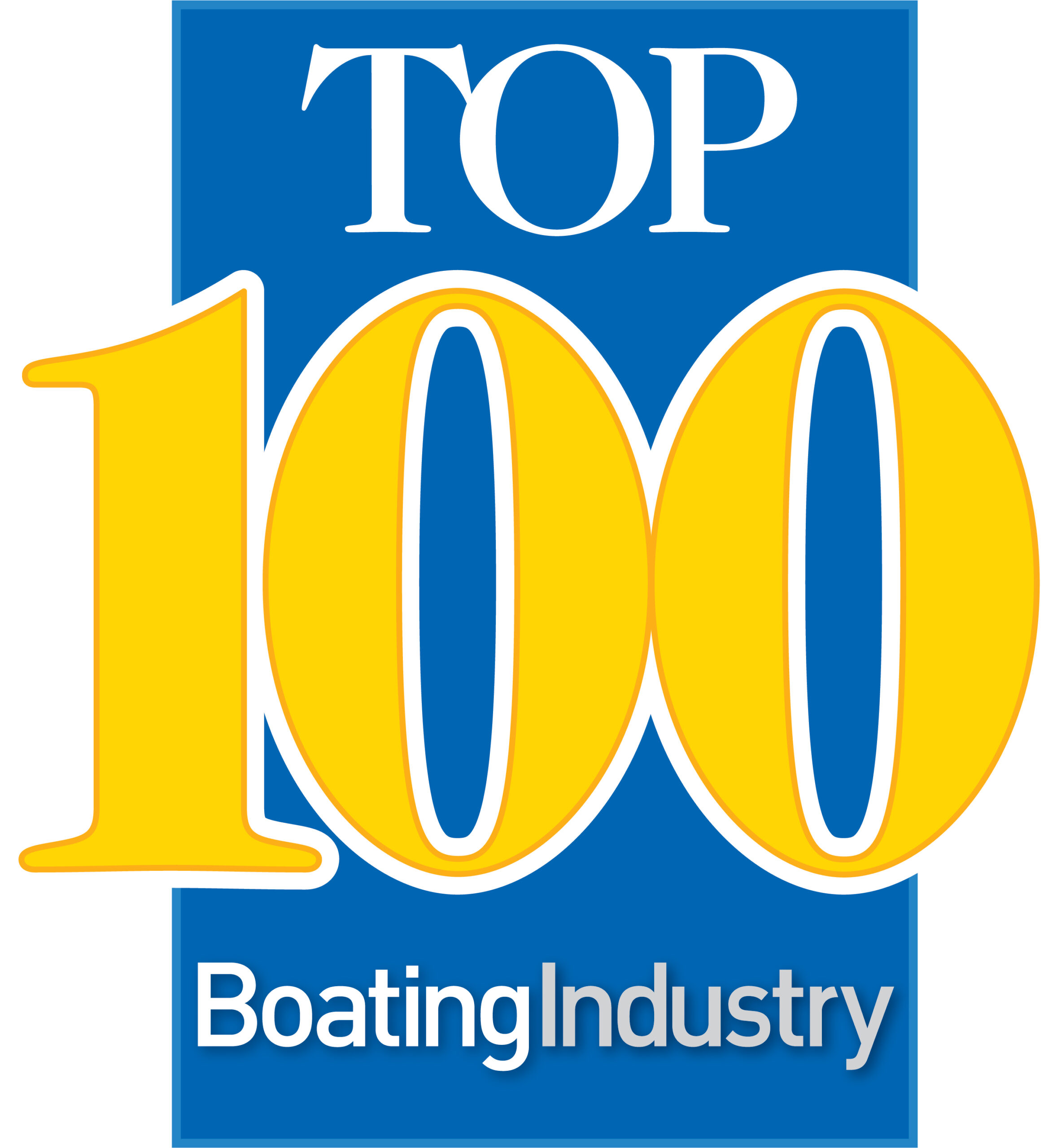A Solution to Water Access: Public-Private Partnership
A new land rush has started, this time a waterfront land rush, and guess who’s being left high and dry? The boater.
Those mega trends we read about 25 years ago — like baby boomers retiring to the coasts — are taking effect now and driving the prices of waterfront property up, up and away.
From Hatteras to Half Moon Bay, launch ramps, boatyards and high-and-drys have been replaced by condos and other structures that do not necessarily serve boaters.
Marinas have turned into “marina-condo” developments. If you buy a unit at this posh place, then you have an opportunity to buy a boat slip, too. One slip for a 20-foot boat sold recently in Sarasota, Fla., for $100,000.
Boaters have a problem. So do counties and states. Government leaders, take note: You are about to hear from a new political activist.
Boaters — voters too — are demanding government intervention. Commercial fishers in Maine say they have a right to waterfront access. Seattle canoers and kayakers are mad as hell because property owners have closed off access to one lake. These are just two of the hundreds of ways the issue is erupting politically.
New model needed
The old wisdom was that the private sector could own the land and provide the water access facilities. This model served the boating public well. However, events and prices are telling us it’s time for a change. A new public-private partnership will lead to waterfront rewards for all citizens, boaters and non-boaters alike, even as it generates new revenues and makes the city more marketable to visitors and employers.
What about that waterfront park? It has a great view. People picnic, hike, catch some rays, walk dogs, throw Frisbees. How about a place for people to keep and launch their boats?
Dinner Key in Miami’s Coconut Grove makes a good model. This waterfront parcel has a large city marina, a privately owned restaurant, retail shops and more. The boats in the slips generate revenue and provide a nautical ambiance that enhances the property.
What about all those water treatment facilities, paper mills and power plants situated on the water’s edge? In Florida and elsewhere, government decision-makers, not aware of the value of the waterfront, agreed to put them there because that’s where the fuel was delivered.
The little Gulf of Mexico burg of Port St. Joe, Fla., is a case in point. The community used to consist of a sleepy downtown and a waterfront dominated by two eyesores, a paper mill and oil storage tank complex. The paper mill, the town’s major employer, closed in 2000.
City leaders took a fresh look at their resources, which included the deepest natural port in the state. Today, this little Florida Panhandle town is recreating itself as a tourist destination. The unattractive mill and the oil tanks at the water’s edge are gone. Port St. Joe’s new “downtown” is a marina with a ship’s store and the best restaurant in town, the core for a development that eventually will include more retail shops, residential units, restaurants, a hotel and other profit-center amenities.
Moving toward public-private partnership
Port St. Joe’s marina development is a model for how the public and private sectors can partner for the good of a community and all of its citizens. Port St. Joe built the marina and then asked the St. Joe Co., a land developer, and Brandy Marine of Sarasota to lease and manage it.
Another partnership arrangement has the city or county provide the land and/or financing methods, then turns over the development and management pieces to the private sector.
Government management of marinas usually does not work. I know of one city-owned-and-managed marina/refueling station in Florida that is closed two days a week – Saturday and Sunday. Enough said.
It used to be that boaters started by buying little boats and traded up to bigger and bigger boats.
The way it’s heading boaters will have to start by buying a marina-condo unit and a slip. Then they can buy a boat.
Each of us who earns our living in this great industry needs to become a squeaky wheel in our community. We’ve got to make sure that our water is available to all kinds of boats.
This is not just about launch ramps and slips, but also about guaranteeing access to a publicly owned resource. It’s about maximizing the long-term value of our publicly owned waterfront to the community’s tax and revenue base.
Help your elected officials see that partnering with the private sector to provide access for all boaters is a win-win deal for all.




